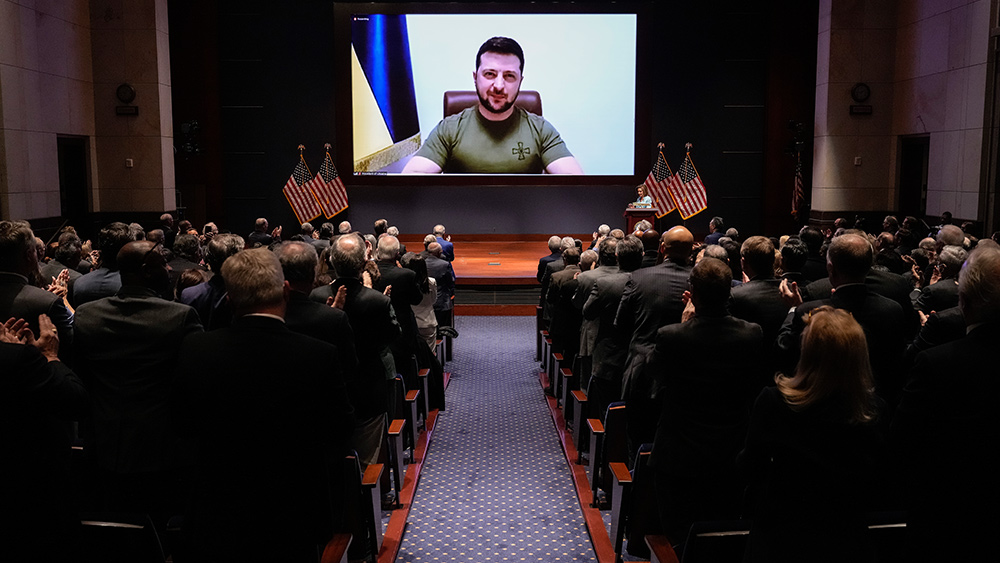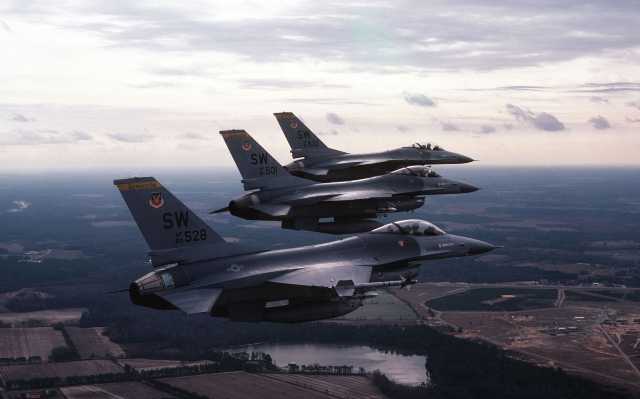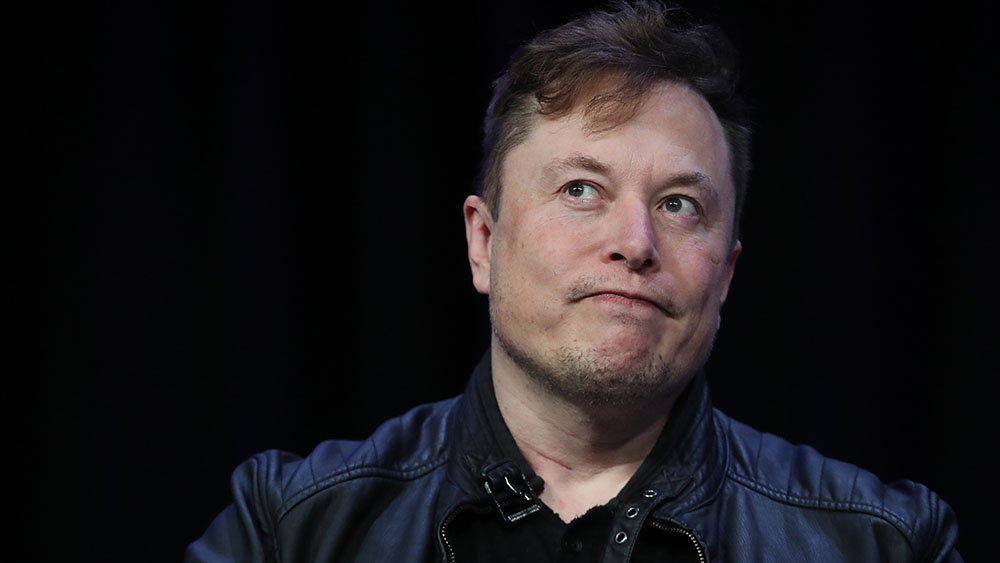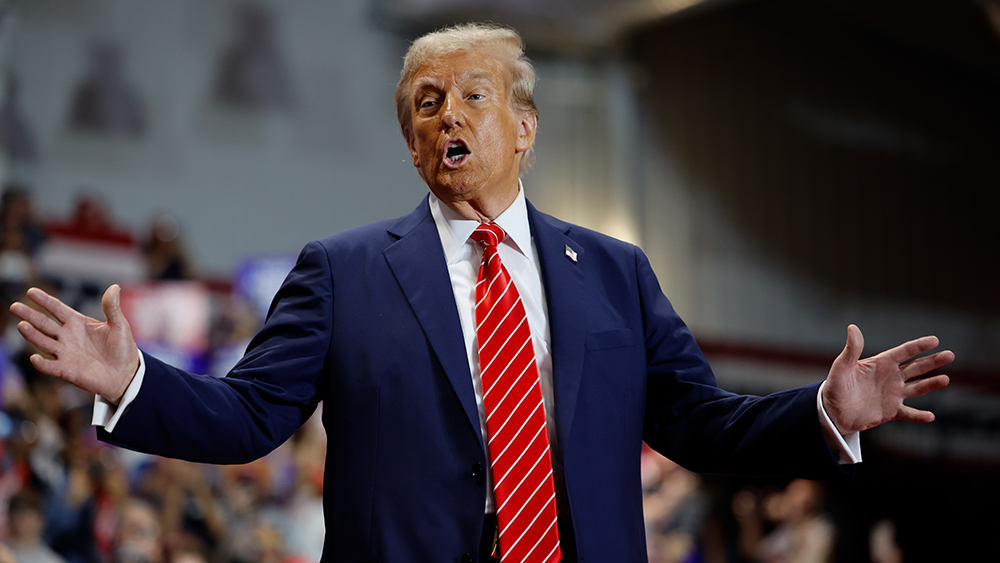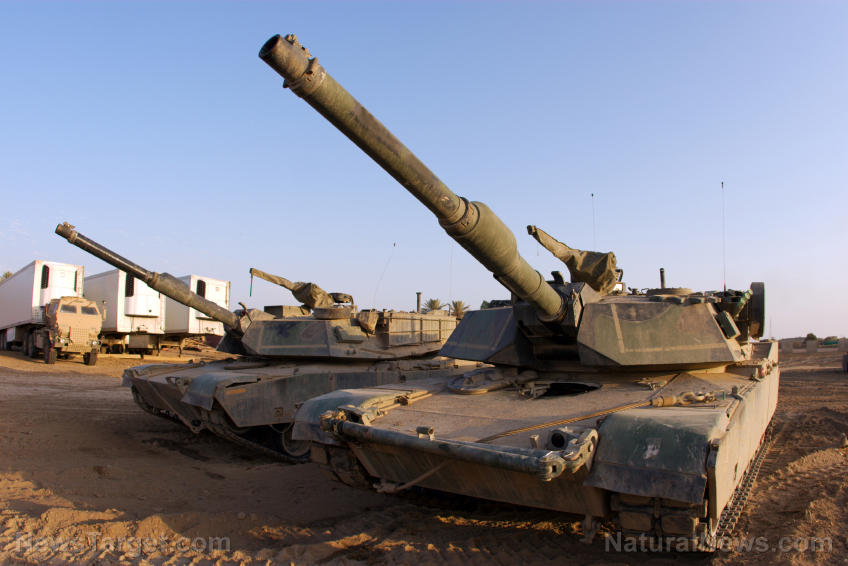 Parler
Parler Gab
Gab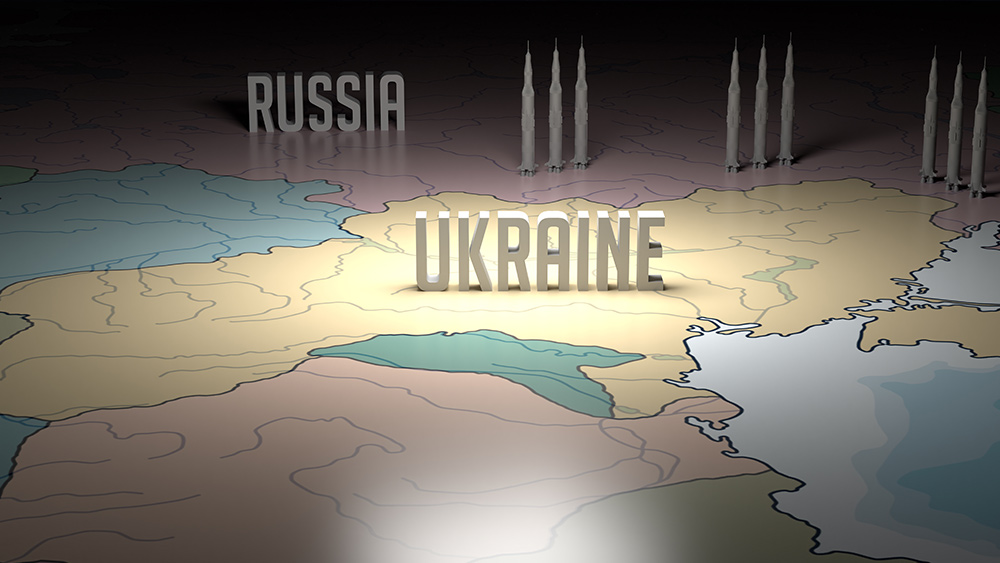
- The Ukraine war enters its third year, with over 10,000 Ukrainian civilians dead and millions displaced, highlighting the ongoing tragedy of the conflict.
- Trump has tasked envoy Keith Kellogg with ending the conflict within 100 days, proposing a ceasefire by Easter followed by negotiations for a lasting peace deal.
- The war's continuation tests NATO's resolve and U.S.-Russia relations, with Ukraine lacking leverage to force a favorable outcome despite Western support.
- The conflict is a defining moment in 21st-century geopolitics, potentially requiring painful concessions similar to those seen in historical armistices, such as the Korean War.
- The next 100 days are crucial, as ending the war now could prevent further loss of life and mitigate the risk of escalation, offering a chance to stop the ongoing tragedy.
The human cost of a protracted war
The war’s brutality was underscored in late January 2025, when a Ukrainian drone strike killed a mother and her two-year-old child in Russia’s Belgorod Oblast. The following day, a Russian drone slammed into an apartment building in Sumy, Ukraine, killing six civilians, including three elderly married couples. These tragedies are not isolated incidents but part of a grim pattern of civilian casualties that have defined this conflict. According to the United Nations, over 10,000 Ukrainian civilians have lost their lives since Russia’s full-scale invasion began in February 2022. The war has also displaced millions, devastated infrastructure and left countless families in mourning. As Trump aptly stated during his campaign, “I want everybody to stop dying. They’re dying, Russians and Ukrainians. I want them to stop dying.” The urgency of Trump’s message is undeniable. Yet, the path to peace is fraught with challenges.The geopolitical realities
Time, as the saying goes, is on Russia’s side. Despite significant Western support, Ukraine’s ability to regain lost territory remains in doubt. The Biden administration’s revelation of a $1.5 billion secret program to fund Ukrainian drone development underscores the extent of U.S. involvement. However, even with advanced drone capabilities and Western intelligence, Ukraine lacks the leverage to force a favorable outcome. The risk of escalation looms large. Ukrainian drones, often targeting sensitive Russian infrastructure, including nuclear power plants, could provoke a catastrophic response. While Russia has shown restraint in avoiding direct conflict with NATO, the possibility of a rogue Ukrainian operation—or a desperate move by President Volodymyr Zelensky—could push the conflict into uncharted territory. Trump’s plan reportedly includes lifting martial law in Ukraine once a peace deal is reached, forcing Zelensky to hold elections he is almost certain to lose. This reality underscores the precarious position of Ukraine’s leadership. Zelensky, who once had the opportunity to negotiate a deal that might have preserved more of Ukraine’s sovereignty, now faces the prospect of being remembered as the leader who prolonged a war he could not win.A historical crossroads
The Ukraine war is not just a regional conflict; it is a defining moment in 21st-century geopolitics. The stakes extend far beyond Eastern Europe, with implications for global security and the future of international alliances. The war has tested NATO’s resolve, strained U.S.-Russia relations, and raised questions about America’s role as a global leader. Historically, wars of attrition often end in negotiated settlements, with both sides making painful concessions. The Korean War, for example, concluded with an armistice that left the peninsula divided—a solution that, while imperfect, ended the bloodshed. Similarly, the Ukraine conflict may require compromises that are difficult to accept but necessary to prevent further loss of life. Trump’s approach, while controversial, reflects a pragmatic recognition of these realities. By prioritizing an end to the fighting, he is challenging the status quo and forcing a conversation about what peace might look like.The road ahead
The next 100 days will be critical. If Trump’s plan succeeds, it could mark the beginning of a new chapter in U.S.-Russia relations and provide a blueprint for resolving future conflicts. However, the path to peace will require difficult decisions, particularly for Ukraine. As the world watches, one thing is clear: the cost of inaction is too high. Every day the war continues, more lives are lost, and the risk of escalation grows. For the sake of the Ukrainians and Russians who have already suffered so much, and for the stability of the global order, the time to end this war is now. Trump’s 100-day plan may not be perfect, but it offers a chance to stop the dying—and that is a goal worth pursuing. Sources include: Antiwar.com APNews.com CNN.comUSAID tied to Trump’s 2019 impeachment, Shellenberger reports
By News Editors // Share
Europe braces for influx of Ukrainian soldiers with PTSD: A looming crisis
By Willow Tohi // Share
Baltic Sea tensions: Is Ukraine plotting a NATO-Russia showdown?
By Willow Tohi // Share
Russian defense firm predicts SWIFT DESTRUCTION of Ukraine’s new French fighter jets
By Ramon Tomey // Share
Tennessee pastor’s call for violence against Elon Musk sparks outrage
By Cassie B. // Share
Governments continue to obscure COVID-19 vaccine data amid rising concerns over excess deaths
By patricklewis // Share
Tech giant Microsoft backs EXTINCTION with its support of carbon capture programs
By ramontomeydw // Share
Germany to resume arms exports to Israel despite repeated ceasefire violations
By isabelle // Share


